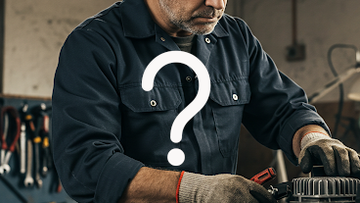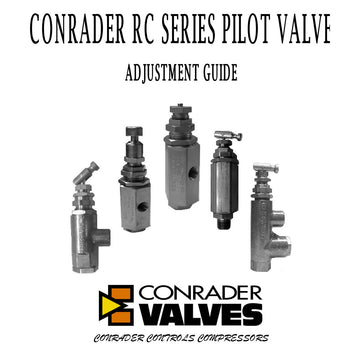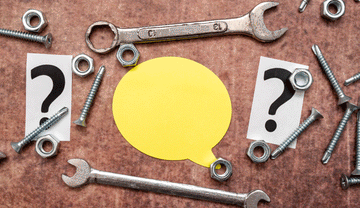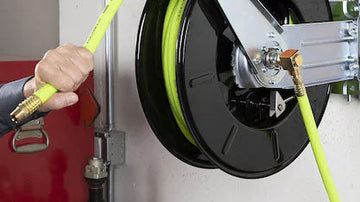What Is a Check Valve and What Does It Do on an Air Compressor?
When it comes to air compressor components, the check valve might not get a lot of attention—but it plays a critical role in keeping your system running safely and efficiently. Whether you're a DIYer, mechanic, or just trying to troubleshoot an issue, understanding what a check valve does can save you a lot of headaches.
🛠️ What Is a Check Valve?
A check valve is a simple mechanical device that allows compressed air to flow in only one direction. In the case of an air compressor, it's typically located between the compressor pump and the air tank.
It uses a one-way, spring-loaded mechanism: when air flows into the tank, the valve opens. When the compressor shuts off or air tries to flow backward, the valve closes—trapping air inside the tank.
🔄 What’s the Function of the Check Valve on an Air Compressor?
The check valve does three key things for your compressor:
1. Prevents Air from Escaping the Tank
When the compressor shuts off, the valve closes to keep the compressed air sealed inside the tank. Without it, air would leak back out through the pump.
2. Allows the Unloader Valve to Work Properly
After the compressor shuts off, the unloader valve releases air from the discharge line to relieve pressure.
➡️ If the check valve is faulty, air will continuously leak through the unloader valve—causing that constant “hissing” sound.
3. Protects the Compressor Motor
If the check valve isn’t working, the motor may struggle to restart against full tank pressure, leading to damage or burnout.
⚠️ Signs of a Bad Check Valve
-
Constant hissing from the unloader valve when the compressor shuts down.
-
Air leaking back into the pump
-
Compressor struggles or won’t restart
-
Tank won’t hold pressure (In this case you will normally notice one of the other issues.)
🔧 How to Fix or Replace a Faulty Check Valve
-
Turn off and unplug the compressor
-
Drain all the air from the tank
-
Locate the check valve (usually where the discharge tube from the pump enters the tank)
-
Remove and inspect the valve for debris or damage
-
Clean or replace the check valve if needed
-
Reinstall using Teflon/PTFE thread sealant tape (Make sure not to get teflon tape inside valve during installation)
Pro Tip: Always match the size and thread type exactly when replacing.
✅ In Summary
The check valve may be small, but it’s essential for:
-
Maintaining pressure in the tank
-
Ensuring safe startup
-
Letting the unloader valve release properly
If you hear a constant hiss or your compressor is struggling to restart, don’t overlook the check valve—it could be the simple fix you need!





